JVC AV-32260
July 31, 2024, 12:48 am
October 2, 2025, 7:21 pm
Summary
An excellent set by JVC, made in 2001. Has a full set of inputs. Is essentially a slightly simpler version of JVC's D-series chassis, with the same tubes, but in a different case. Made at their Mexico facility.
Manuals
Notes
This set uses what I'd like to call the "middle-era" chassis from 2001, which use the same chassis and tubes as the AV-xxDx02 models.
There are three tubes this model can use: an LG (G), Panasonic (M), or Hitachi (H). (The pics you see below are of the Panasonic tube.)
This set has red push that can be turned off in the service menu with the following settings when in the STANDARD video preset:
For RF, composite and s-video, turn off "R Y GAIN" and "CD MAT." Then for component, turn off "CMP R Y GAIN" and "CMP CD MAT." This should dial back the over-saturated reds quite a bit. There may still be some red push, but it will be much better looking than before. (The included pictures are of it after turning these settings off.) If you wish to get the colors looking with correct saturation,
This set even has a special feature in the service menu called "V 48HZ" to enable 48hz interlaced video! Originally intended for the film industry, this setting can be used for it to sync to 50hz content! Amazing stuff.
Composite 240p Performance, Disabling Vertical Edge Enhancement
by Eli Krause
I. For composite decoding this set uses a Toshiba TC90A53N, a 3-line digital comb filter. One beneficial feature of this comb filter is its "1-line color dot interference reducer circuit". Depending on the console/revision, dot artifacting ranges from slight to moderate, and blending effects may be broken. Using an external notch filter to decode composite instead[1] and sending that to the s-video or component input would blend all dithering patterns and remove nearly all dot artifacts.
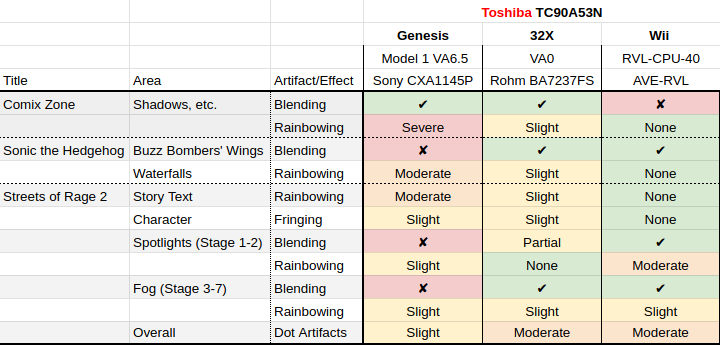
II. Just as velocity scan modulation is intended to increase contrast at horizontal edges, vertical edge enhancement artifically boosts contrast at vertical edge transitions for composite and RF sources, changing the color palette in the process. To reduce this to its minimum, the high signal sent to pin 17 of the comb filter must be brought low which can be achieved by removing the resistor leading to that pin. On the AV-20D202 and AV-27D302 it is R239 on the bottom of the main board. On the AV-32D502 and AV-32D302 it is R247.
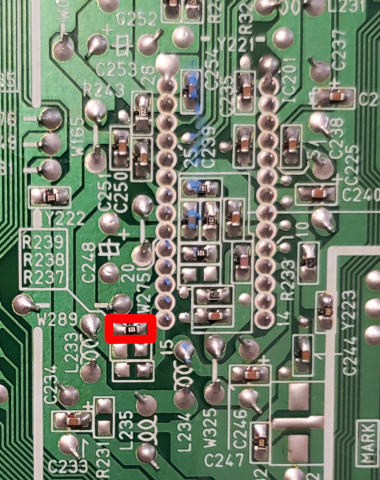
Gallery
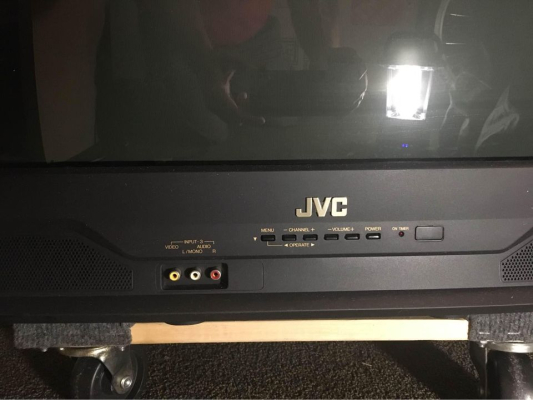

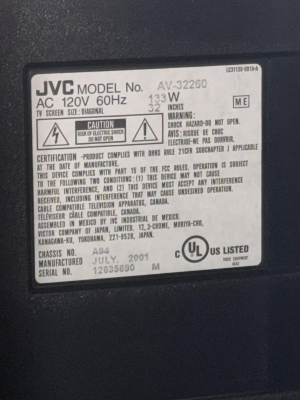
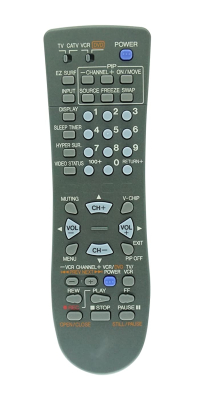

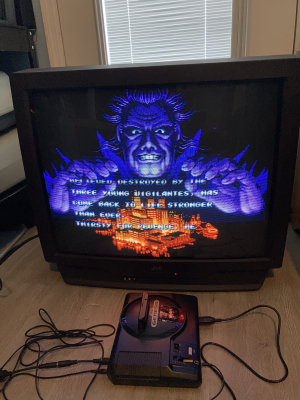

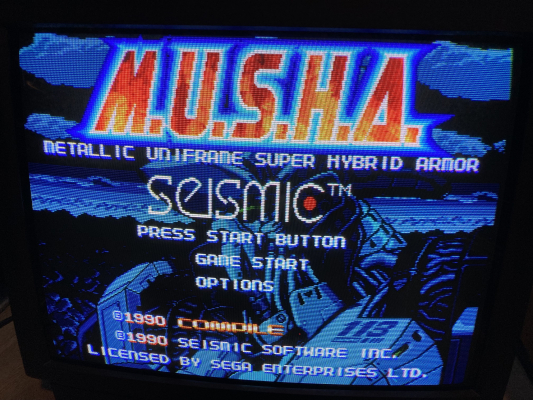

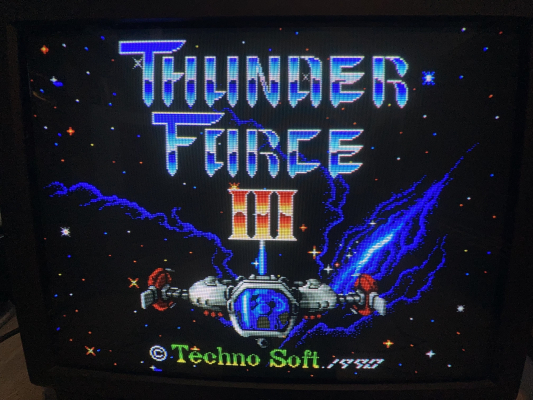
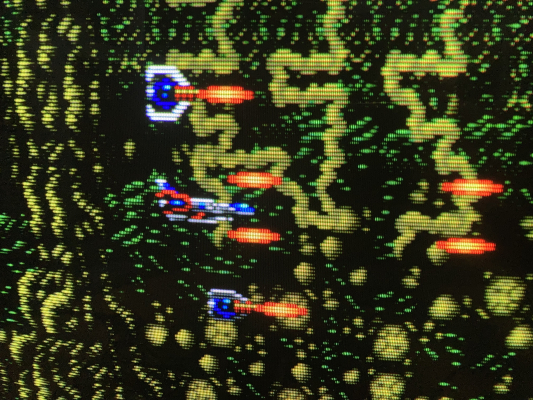

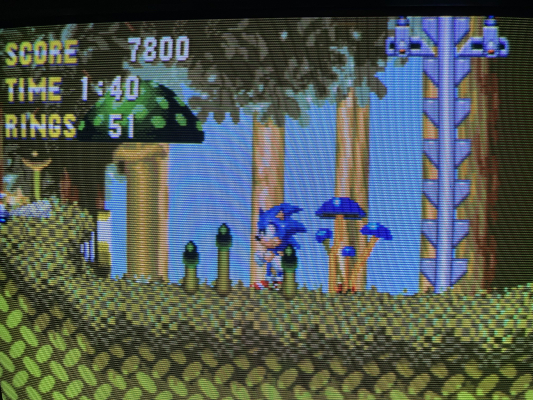


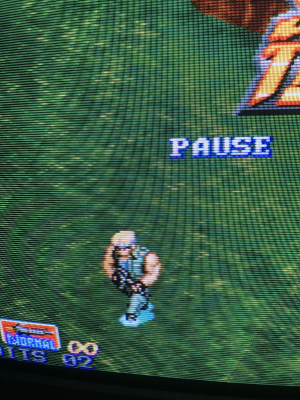

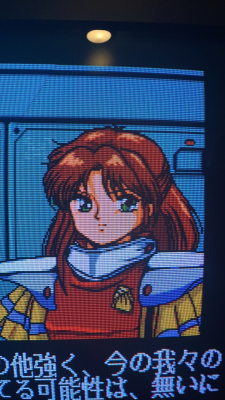




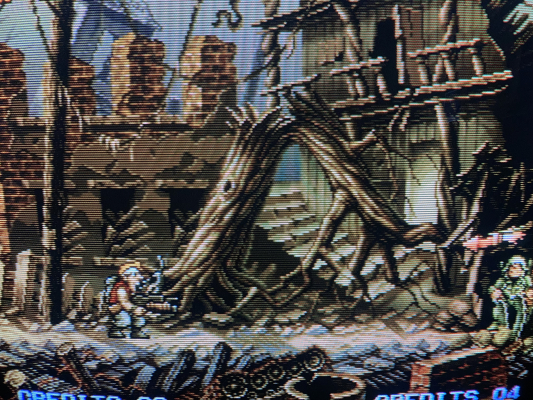

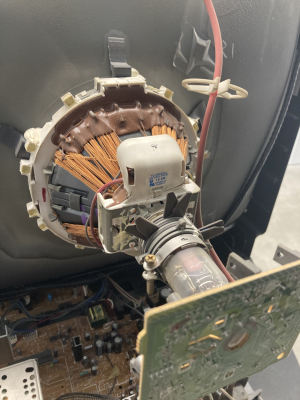
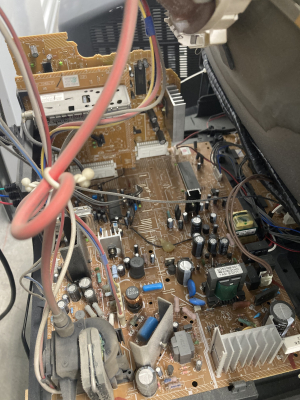
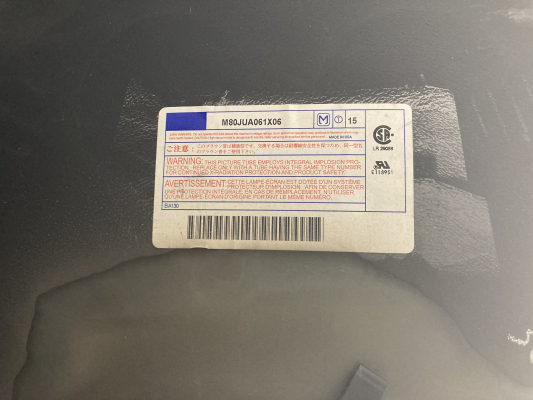
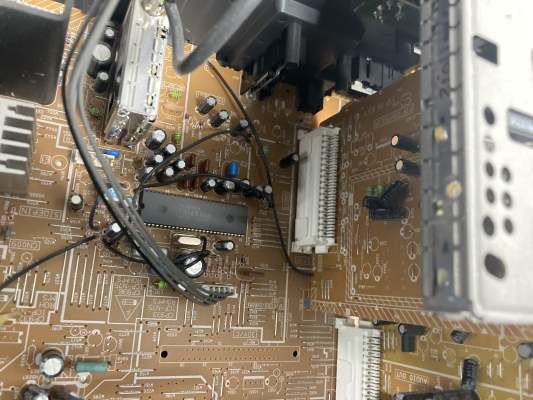
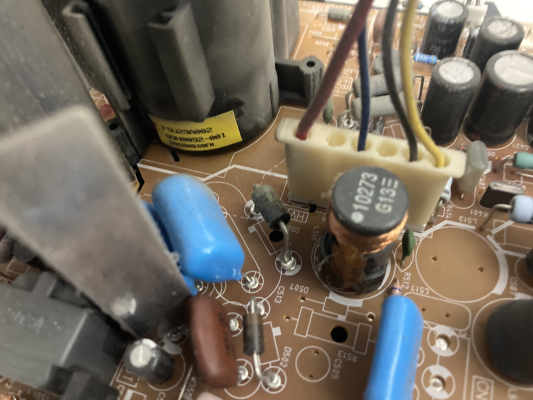
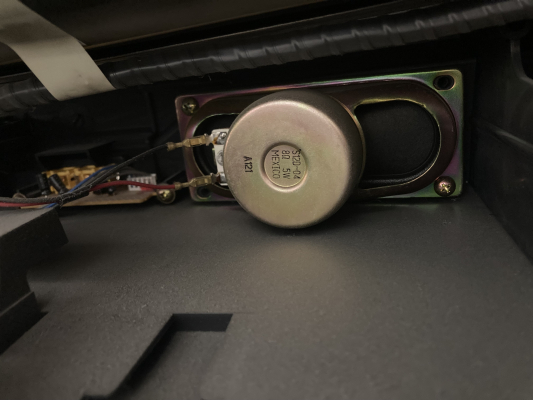
| Specifications | |
|---|---|
| Brand: | JVC |
| Manufacturer: | JVC |
| Model: | AV-32260 |
| Series: | AV |
| Viewable Size: | 32" |
| Inputs: | Composite, S-Video, RF, Component YPbPr |
| Native Resolutions: | 240p, 480i |
| Horizontal Scan Range: | 15 kHz |
| Vertical Scan Range: | 60 Hz |
| Formats: | NTSC |
| Aspect: | 4:3 |
| Adjustments: | OSD Customer Controls, OSD Service Menu |
| Jungle IC: | Toshiba, TB1253AN |
| Comb Filtering: | 3-Line Digital |
| Comb Filter IC: | Toshiba, TC90A53N |
| Flyback: | QQH0092-001 |
| Focus Type: | Single |
| Tube: | Panasonic , Hitachi , LG , A80LJF30X08 , A80QCF240X14L , M80JUA061X06 |
| Heater Voltage: | 6.3v |
| Mask: |
Slot

|
| Tint: | Dark |
| Removable Glare Film: | No |
| Yoke: | (ITC) |
| Speakers: | Stereo, 3W x 2 |
| Remote: | RM-C305-1A, RM-C305 |
| Chassis: | A94, AC |
| Weight: | 112.2 lbs (50.9 kg) |
| Dimensions (W/H/D): |
768 x 667 x 547 mm
(30.2 x 26.2 x 21.5") |
| Application: | Consumer |
| Cabinet Material: | Plastic |
| Launched: | 2001 |
| MSRP: | 649 USD |
| Country of Manufacture: | Mexico |
| Market: | North America |
| Power Standard: | 120v |
| Mounting: | Table Surface (Standard) |
| Mods: | RGB via Direct |
| Degaussing: | Automatic on Power-on |
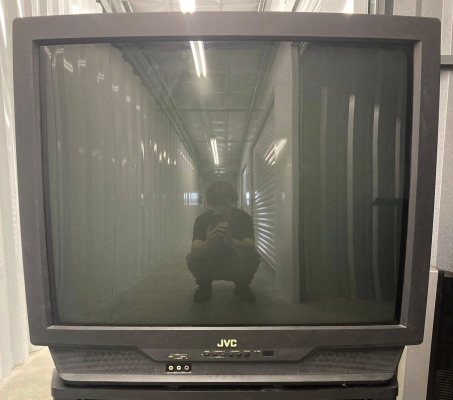
 This work is licensed under a
This work is licensed under a